As a survival expert and a prepper, some of the most common dangers you might encounter aren’t necessarily the situations you’re preparing for. In fact, survival myths are one of the most common dangers to your health and safety.
Survival myths come in numerous forms, and while you may not be facing any crisis situations regularly, they can put you at risk should you encounter them in the future.
As it turns out, survival myths abound, and we ran into quite a few while researching this piece. If you want to make sure that you’re adequately equipped to deal with any situation correctly, let’s take a look at 25 dangerous myths about survival you need to ignore.
1. Don’t Move If You Find Yourself Trapped in Quicksand
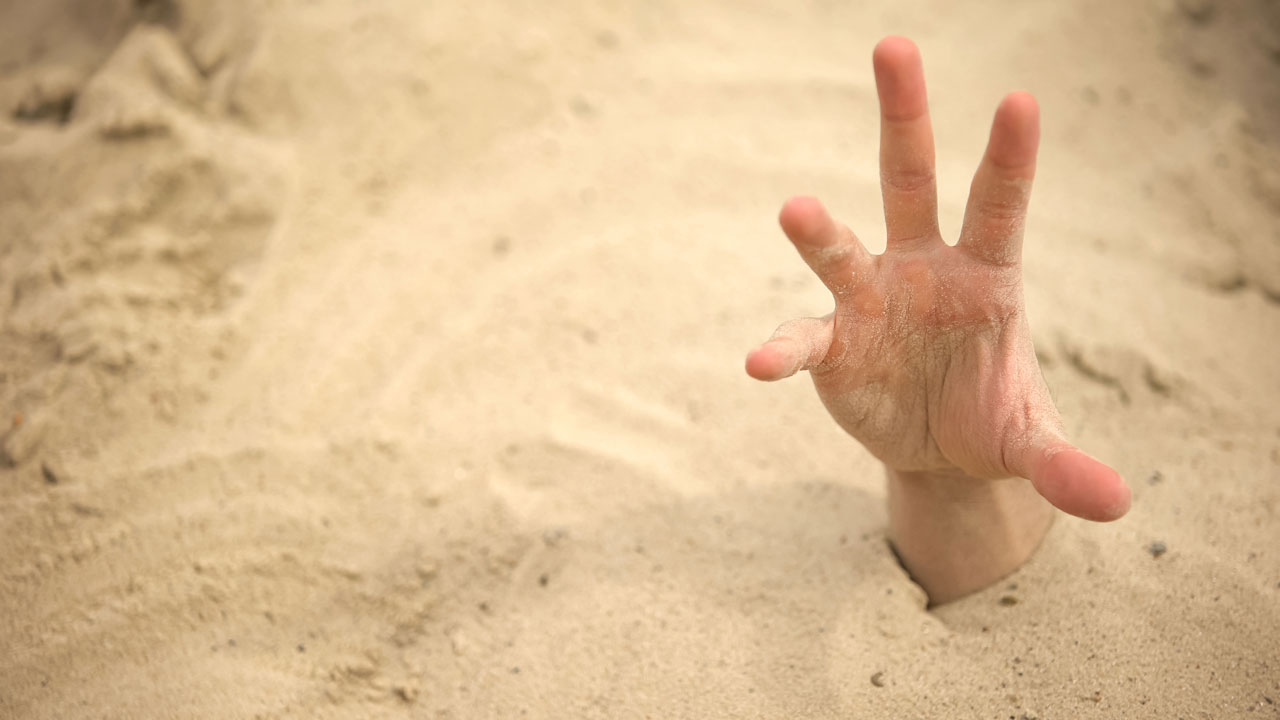
We’ve all seen it. Characters get trapped in quicksand in the movies, and they tell each other not to move. The reality?
This advice will only keep you trapped or get you killed. Moving slowly is the only way to escape quicksand, and it’s more than safe to move since it’s the only way to truly escape.
2. Always Clean Wounds With Alcohol
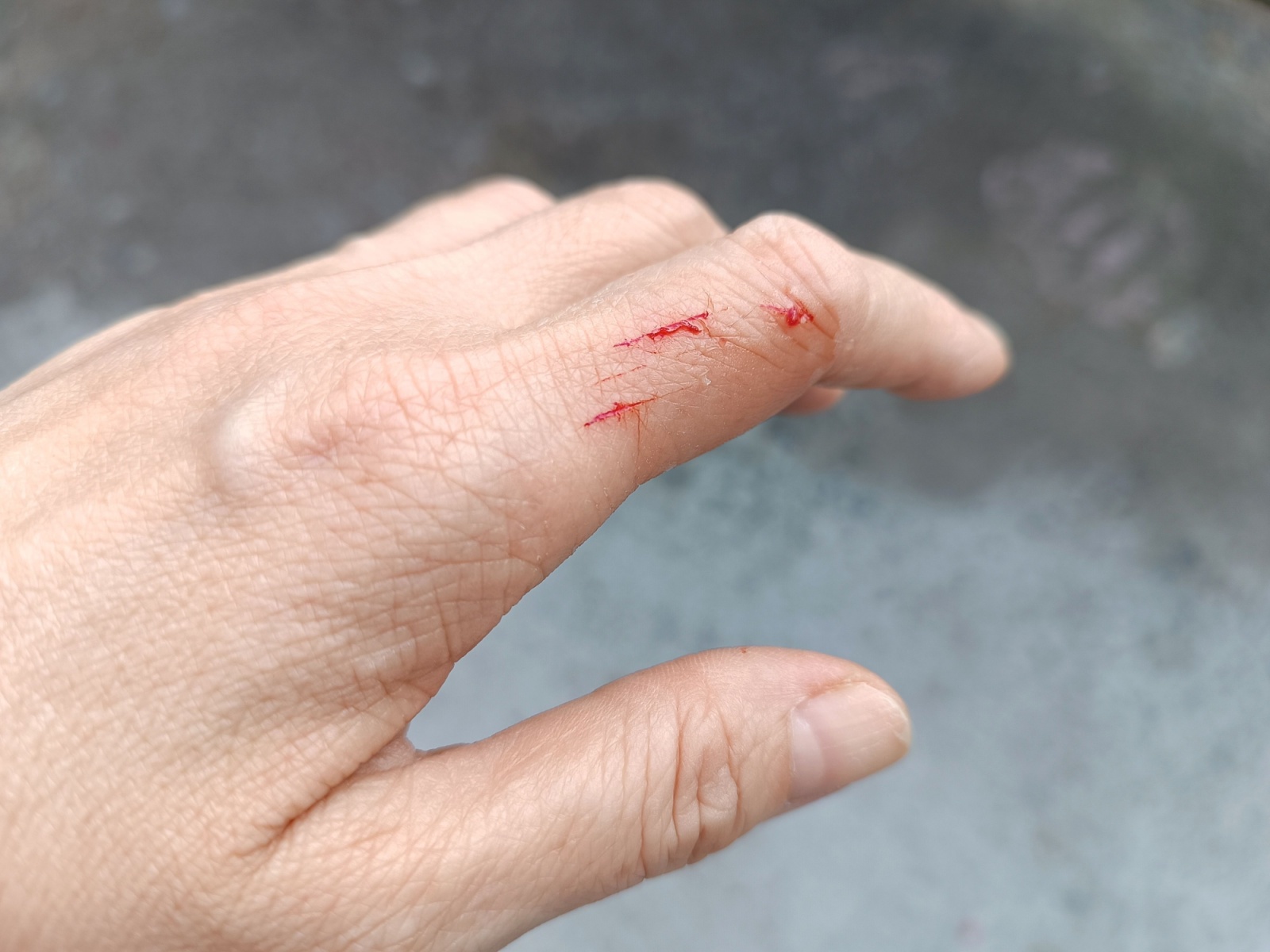
A lot of people will use rubbing alcohol or any alcohol they have on hand to clean their wounds. However, this isn’t necessarily the best way to clean a wound.
Alcohol isn’t as effective at flushing out wounds as one might think, and it can cause damage if you’re not careful or overapply it. Instead, use clean water to wash out a wound before you disinfect and bandage it.
3. Hypothermia Only Occurs in Cold Weather
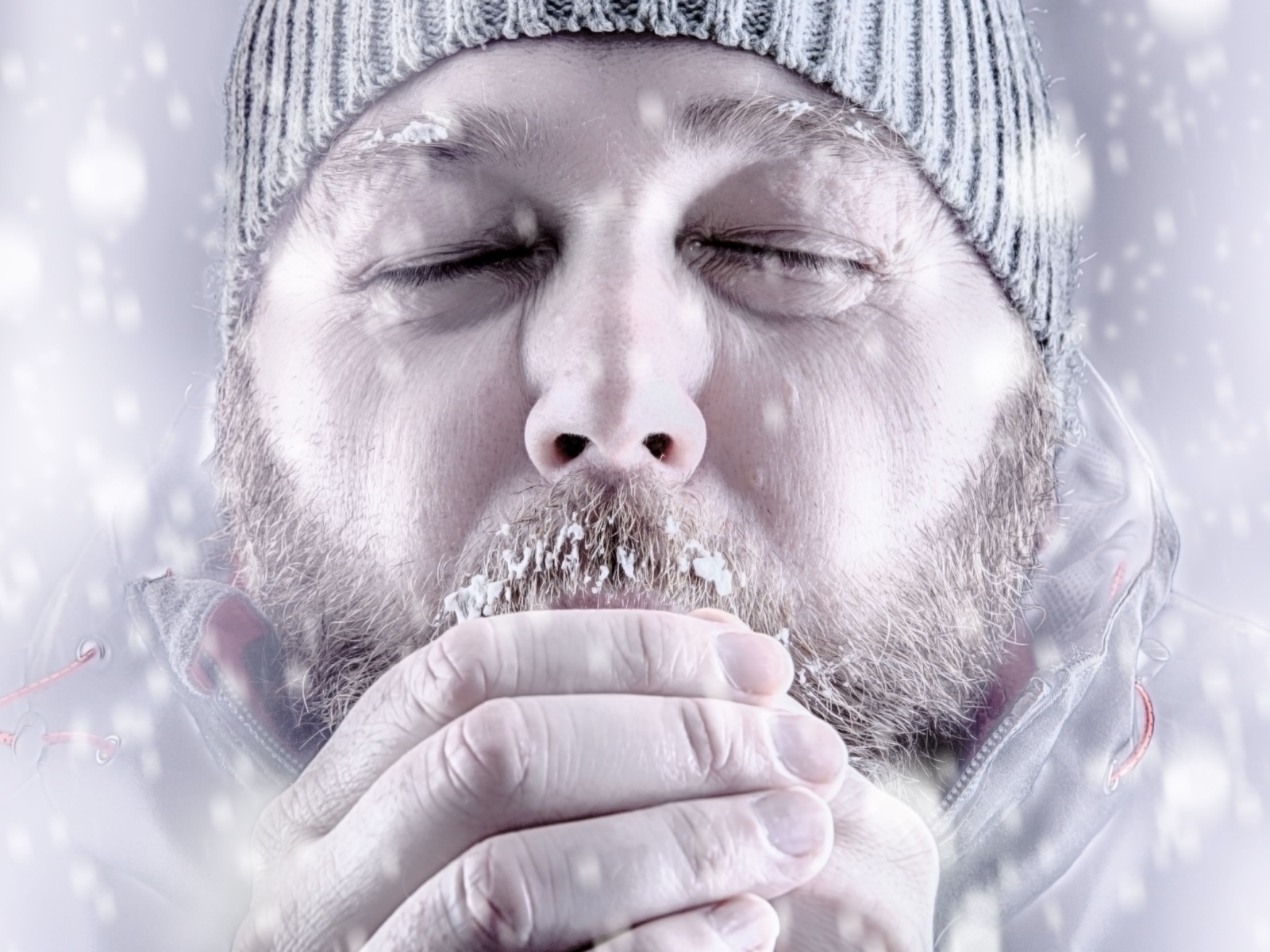
We all know that hypothermia occurs when you’re exposed to freezing weather that drops the body’s core temperature. But this is the only scenario where hypothermia can happen, right? Whether it’s exposure to rain or even being on the ground, it turns out that hypothermia can occur even in warmer weather in the right conditions.
Being exposed and wet is never good for your body, so it’s crucial to stay dry and have the right shelter and clothing when you’re adventuring outside.
4. Moss Will Always Point You North
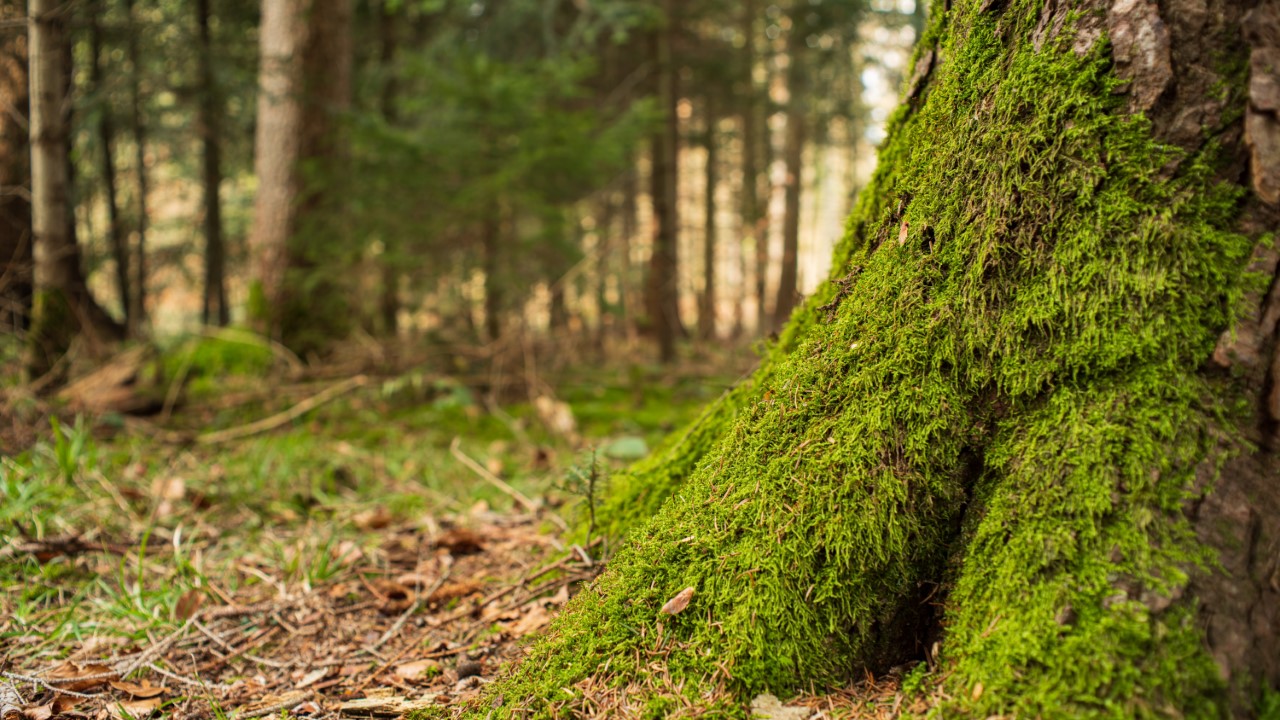
There’s a myth that moss will always grow on the north side of trees. This is one way people think they can effectively navigate their environments.
However, while moss will grow north because that is where they’ll get ample sunlight, it grows elsewhere, especially when the conditions are equally favorable. Put simply, never rely solely on moss to get your bearings or figure out where to go.
5. Play Dead When You’re Facing a Bear Attack
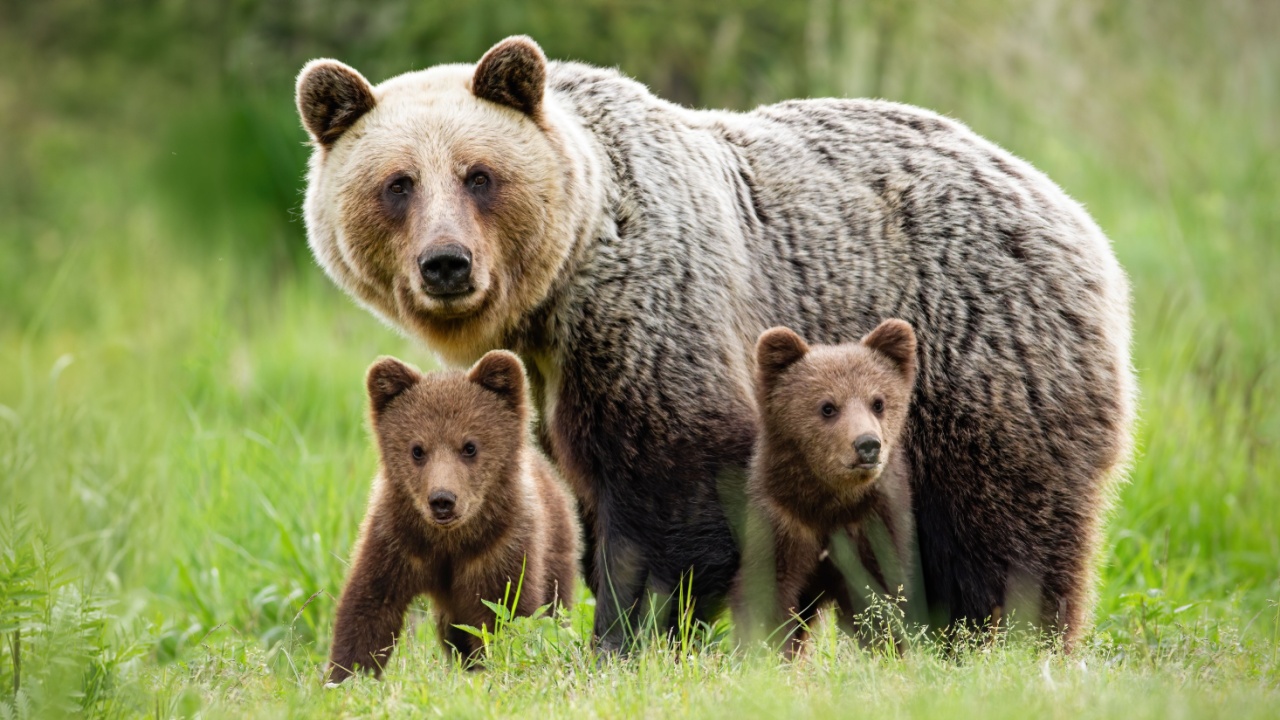
Playing dead may be the right call when facing a grizzly bear attack. But when you’re facing a black bear attack, believing that playing dead can be the right move can easily cost you your life.
Remember, if it’s black, fight back. If it’s brown, lay down (if you have no other moves, can’t defend yourself, and face a serious bear threat).
6. Suck Snake Venom Out of the Wound

Sucking snake venom out of the wound is a myth we see everywhere, and it’s not necessarily illogical.
That said, it’s not an effective way of tending to the wound and could very well cause infection. If you get bitten by a snake, seek medical attention immediately.
7. Use Liquor to Warm Up When You’re Cold
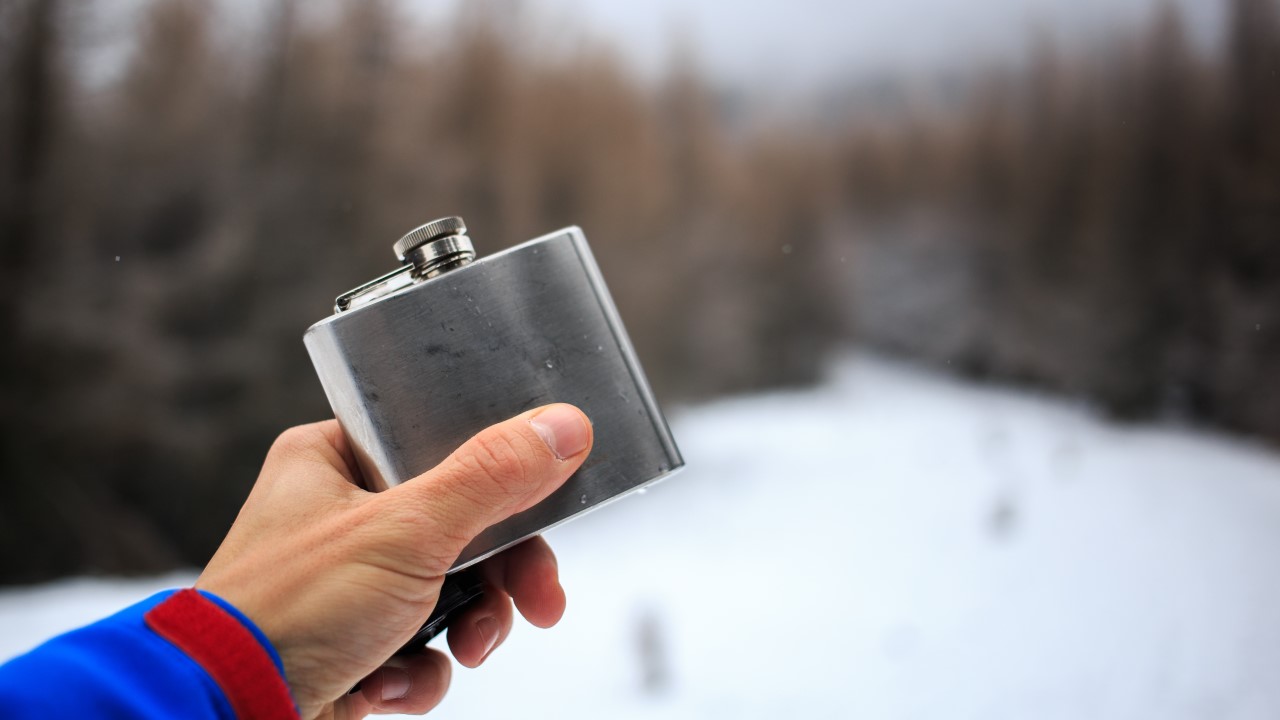
If you’re someone who enjoys an alcoholic beverage now and again, you’re familiar with the warm sensation you get when you drink it. In fact, you might take it on trips because you think it could be useful in keeping you warm when it’s extremely cold out.
But while most believe that liquor could be a lifesaver when trying to stay warm, it isn’t. Alcohol can cause the body temperature to fall, putting you at even greater risk. Stick to water.
8. If You Have Frostbite, Rub the Affected Area

Rubbing our hands together keeps us warm, so it stands to reason that this would work on frostbite-affected skin.
While you can generate heat normally this way, frostbite-affected skin is different, and rubbing it causes more damage rather than offering a solution. Never rub a frostbite if you want to make sure that you can try to recover successfully.
9. Warm Up Quickly When You Have Hypothermia
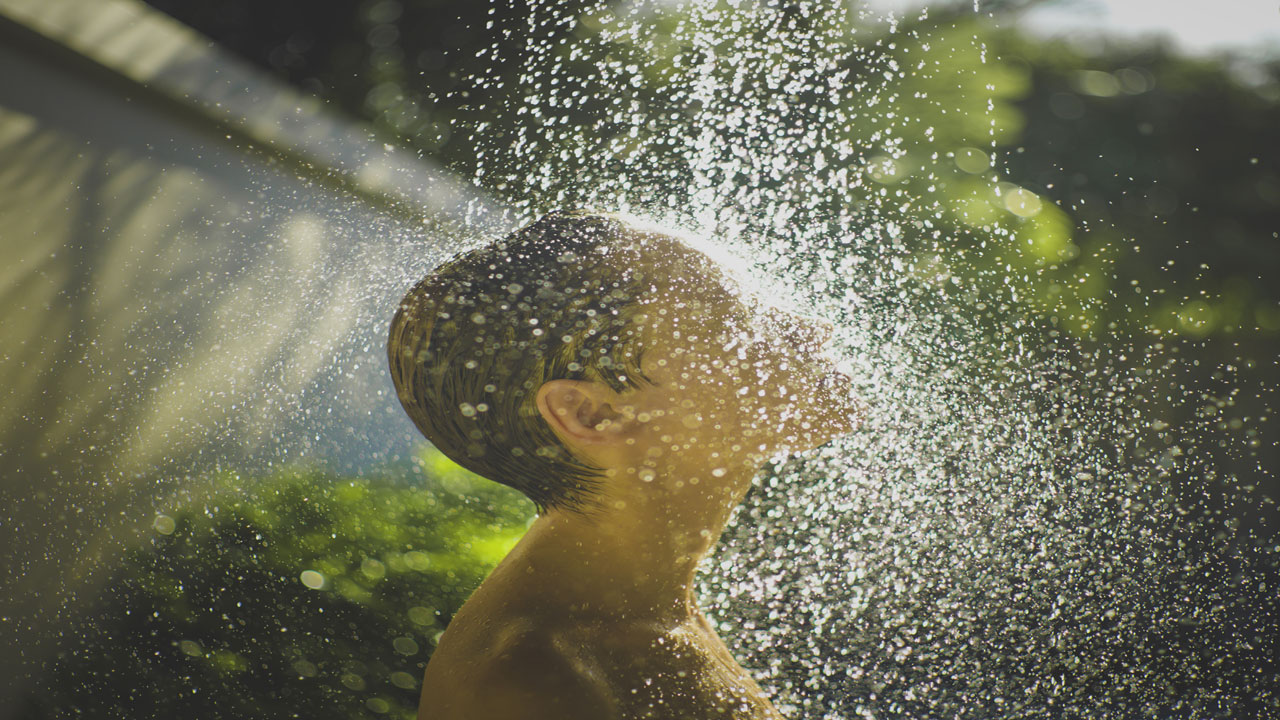
If you’re hypothermic, you do need to warm up. Some might even recommend jumping into a jacuzzi. The tricky thing here is that you can warm up too fast, which might even lead to death.
If you have hypothermia, the trick is warming up slowly, applying layers, and getting your core temperature back to normal. Never go for a dip that’s too warm if you’re experiencing hypothermia.
10. Raw Meat Is Fine to Eat
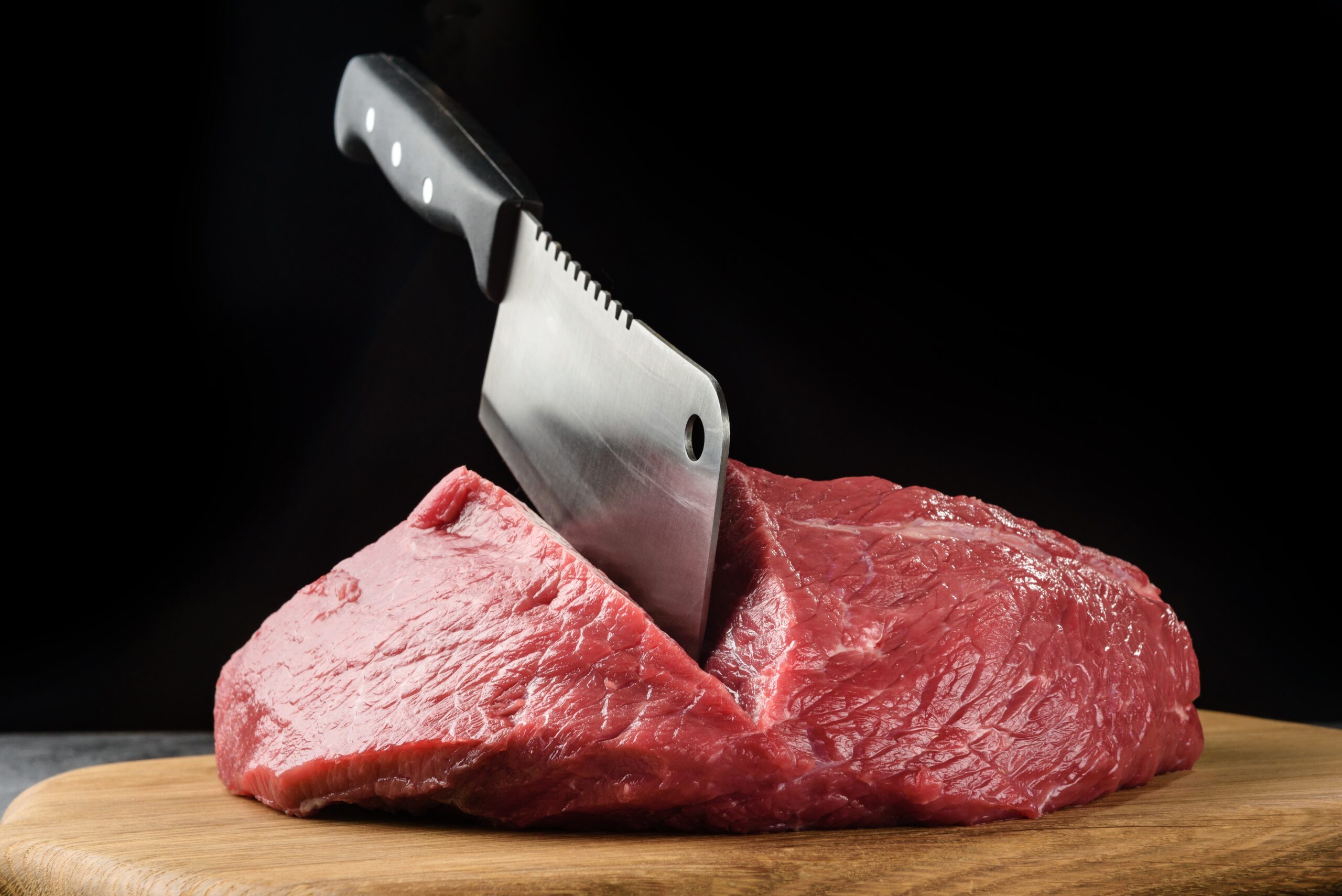
If I had a dollar for every time I saw someone eat raw meat on television or online, I’d be rich. There’s this concept that because animals eat raw meat and because we likely did too at one time, it’s safe for us to eat when we need to survive.
The reason why we cook our food is because raw meat can make us sick. If you try to eat raw food in the wild, it could be your last major decision.
11. Your GPS Is the Only Guidance System You Need
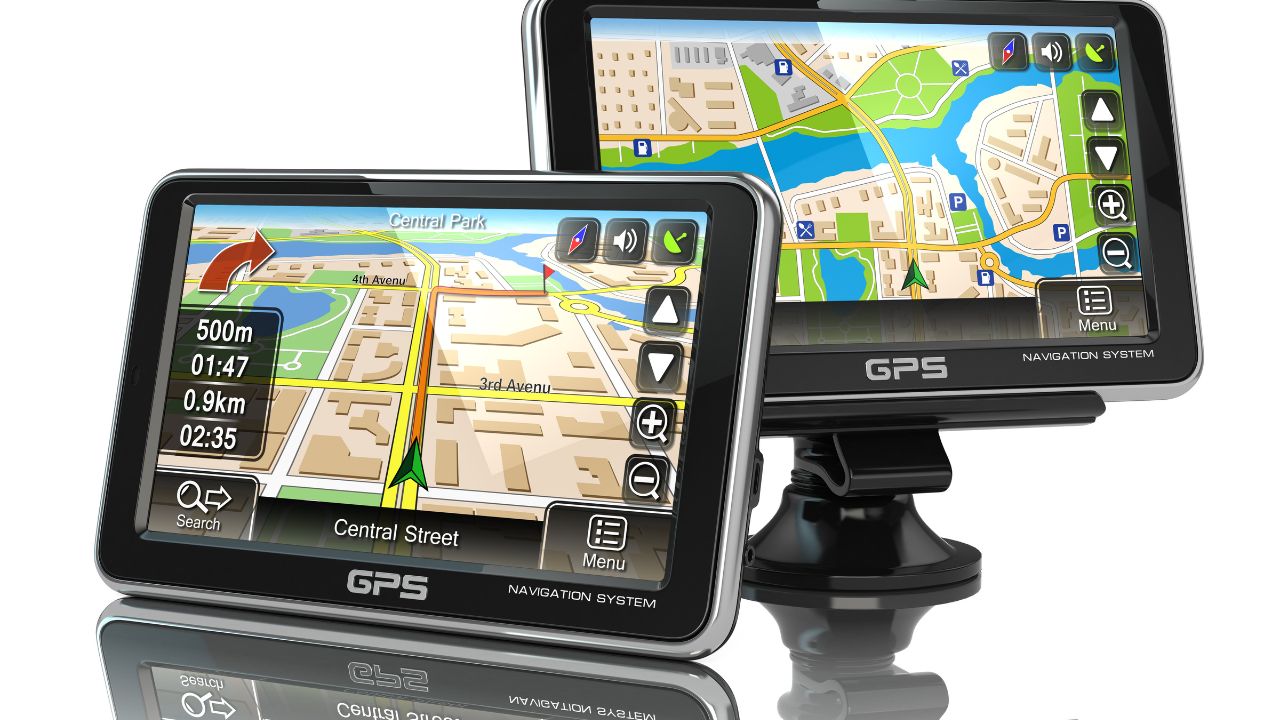
GPS systems have been a tremendous help in allowing us to get around with ease. However, GPS systems are still technology. If you rely solely on a GPS system, you could get lost if your device breaks, loses power, or just stops working.
Know how to navigate your environment using other methods, so you’re not out of luck when your tech starts acting up.
12. Follow Birds to Water Sources

Have you heard that you should lead birds to water sources, especially those that almost exclusively spend time in water? It’s not terrible advice, but it’s not accurate either. Birds could be leading you to the middle of nowhere.
If you follow them too far, you could be led away from the nearest water source. Put simply, birds aren’t always reliable.
13. You Should Build Fires in Caves to Keep Yourself Warmer
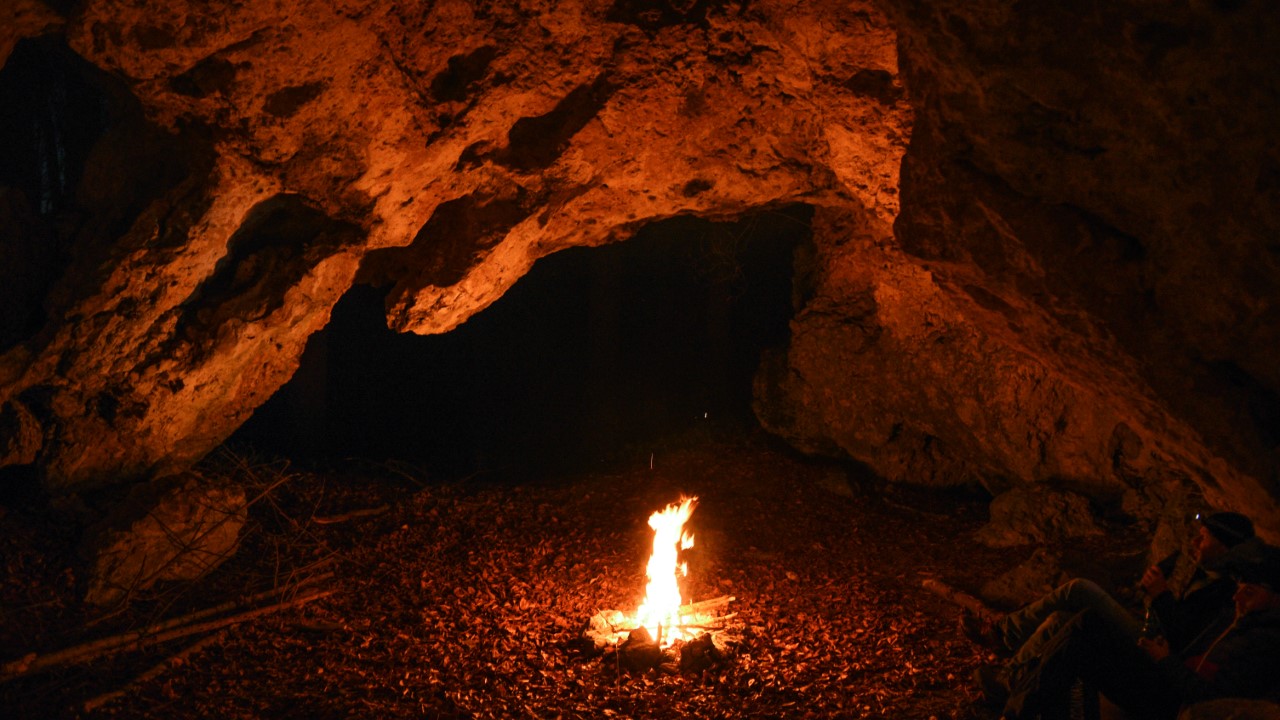
Building a fire in a cave seems like a great idea. After all, it might keep you warmer since it’s not in an open space. While it might keep you warm for a little bit, the smoke will have nowhere to go, flooding your space and quickly suffocating you.
If that doesn’t happen, the heat can cause rocks to start breaking off and caving in. A fire is a good idea to stay warm, just not in a cave.
14. Having a Fire Means You Don’t Need a Shelter

If you have a fire, you don’t need shelter, right? While a shelter does keep you warm, it’s about so much more than warmth. It serves as a protective space and a space that will keep you dry.
While a fire is good, shelter is still needed. It’s not an either-or situation!
15. Easily Dented Wood Is the Best to Start Fires With
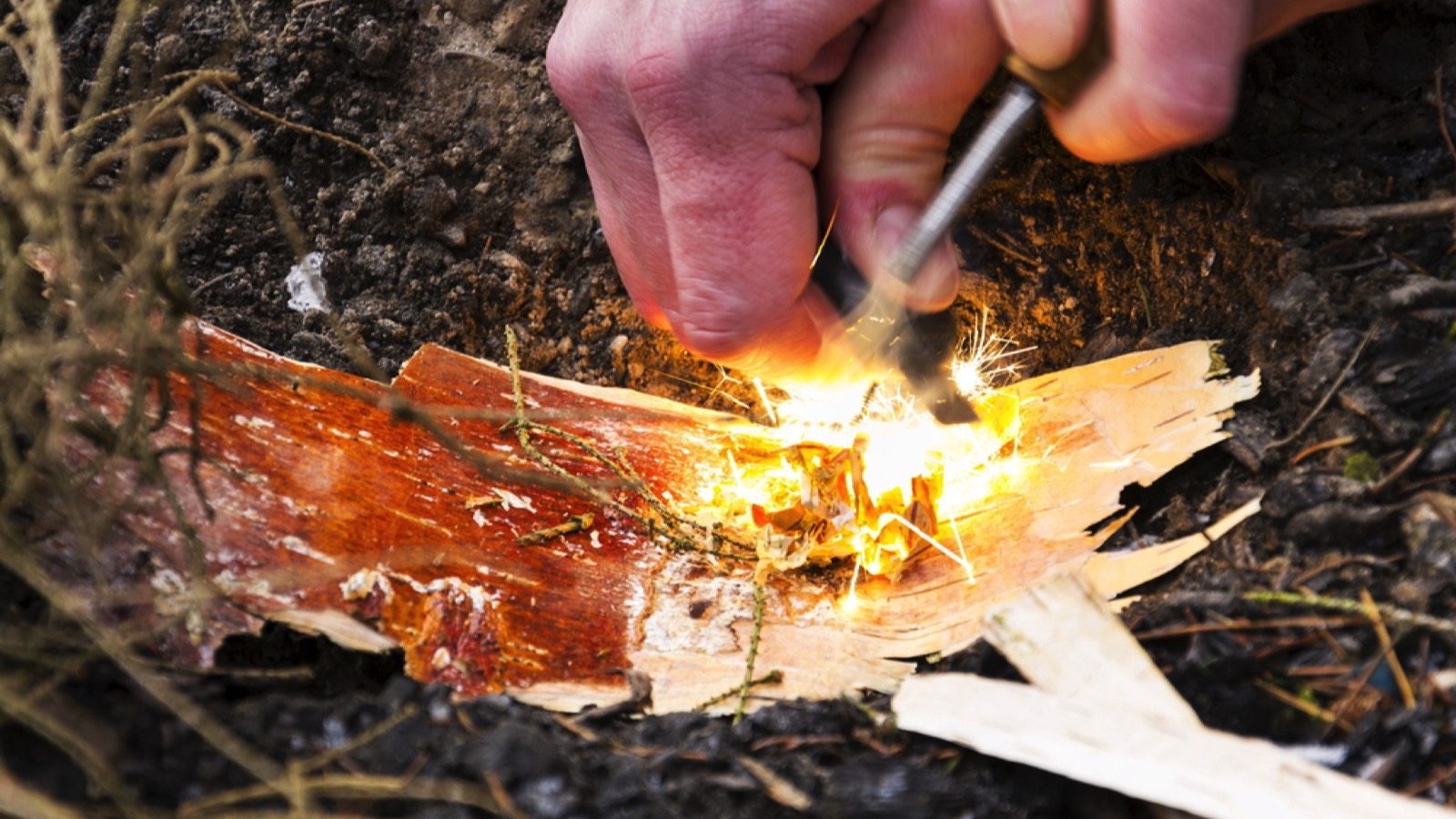
There’s a persisting myth that wood that’s easily dented by a fingernail is the best wood for starting friction fires. However, this isn’t necessarily true. The same myth tends to circulate with hardwood.
Some woods work, and some don’t, which is why you should have all the tools at your disposal to get the job done instead of starting a friction fire.
16. You Can Drink Your Urine to Stay Hydrated
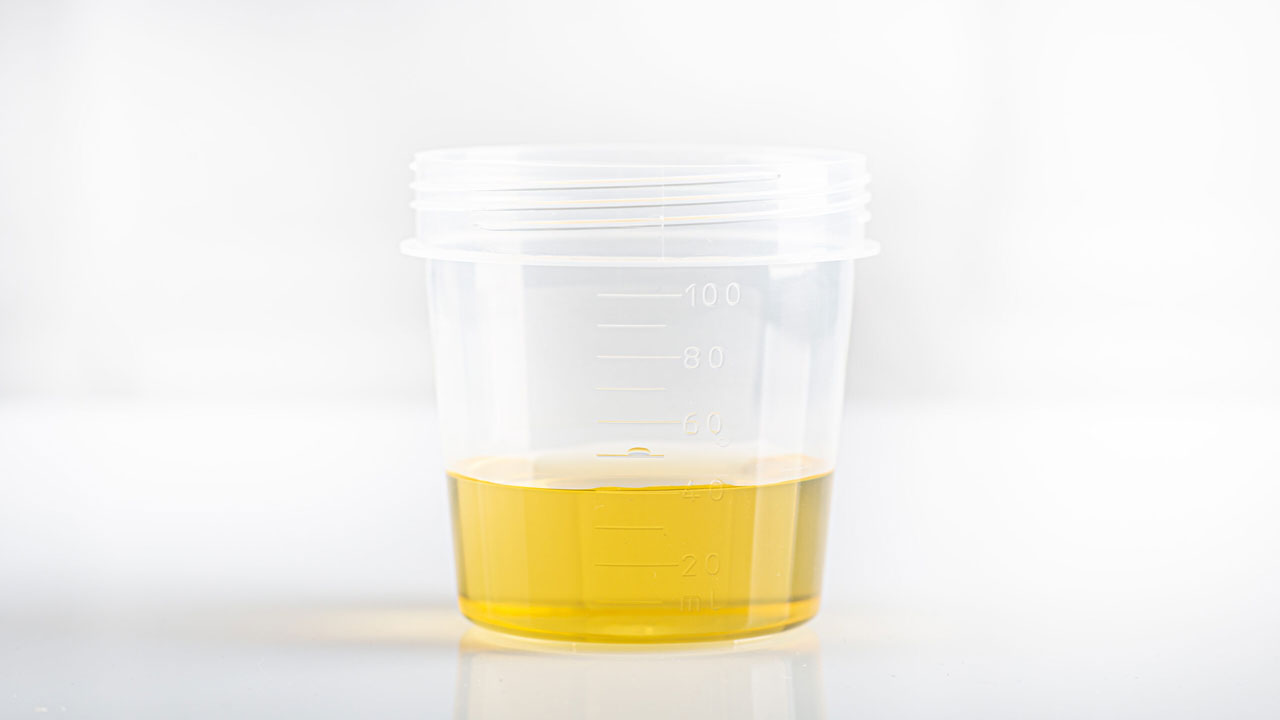
This is another shock myth you’ll likely find in various survival media. Could you drink your urine? Sure. Should you drink your urine? Absolutely not. Urine is a waste product that leaves your body for a reason. It can lead to dehydration because it contains salt and other waste products that require water to process it. Don’t put it back into your body.
17. Sucking a Stone Keeps You Hydrated

It’s unclear why this myth exists, although it may be because the body produces saliva when a stone is in the mouth.
Regardless, sucking a stone will do nothing to keep you hydrated. If you’re unlucky, you could end up swallowing it, choking on it, or even accidentally chipping your teeth.
18. Eating Snow Is a Good Source of Water
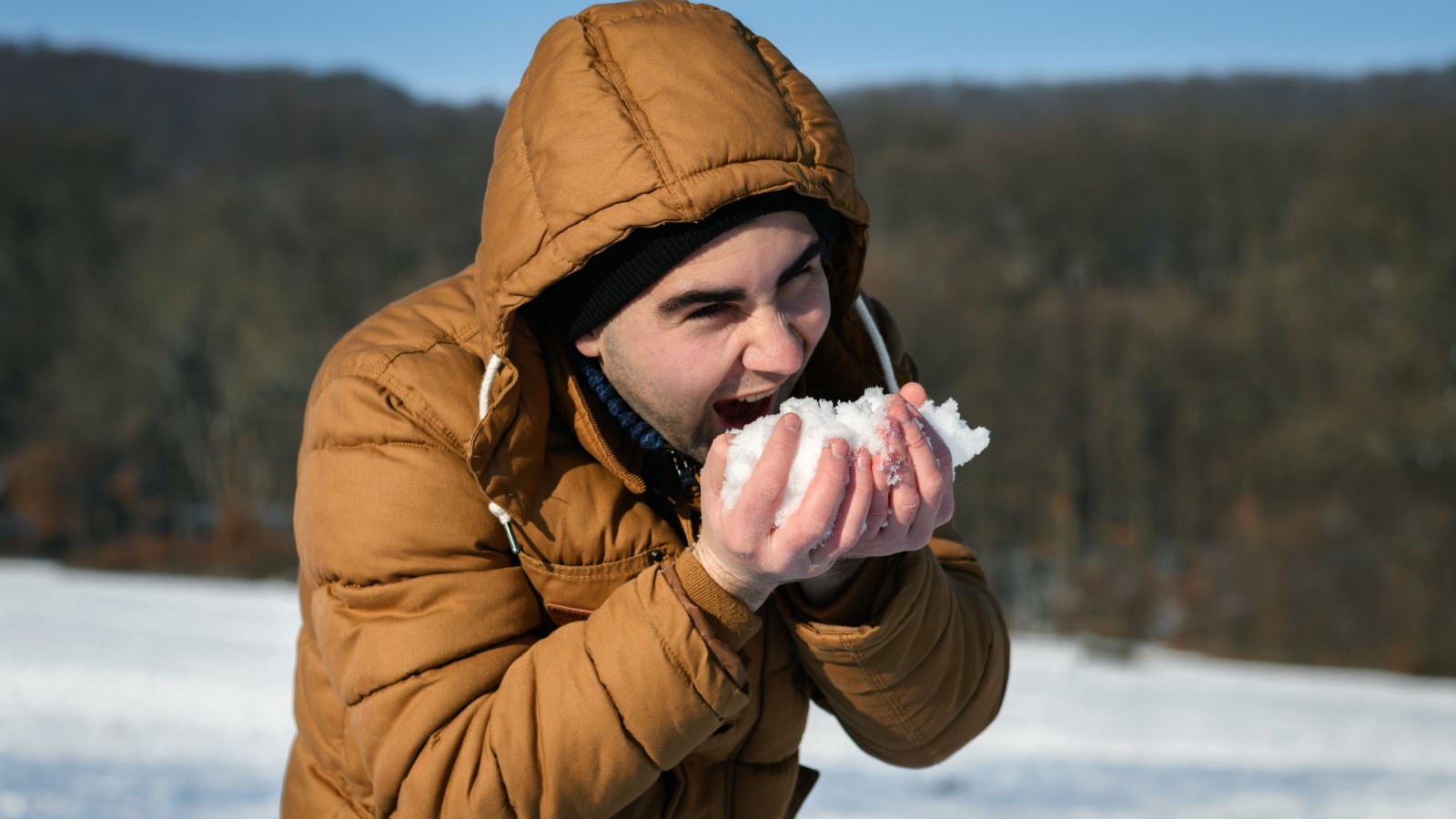
Snow is water, so if you’re thirsty, you can eat the snow! If you think you’d do this in a survival situation, think again.
The amount of snow you’d have to eat to stay hydrated would be insane, and eating a ton of snow would likely drop your body temperature in an environment where you don’t want to be any colder.
If you want to turn the snow into an adequate water source, boil it down.
19. Any Rocks Work Well for a Campfire
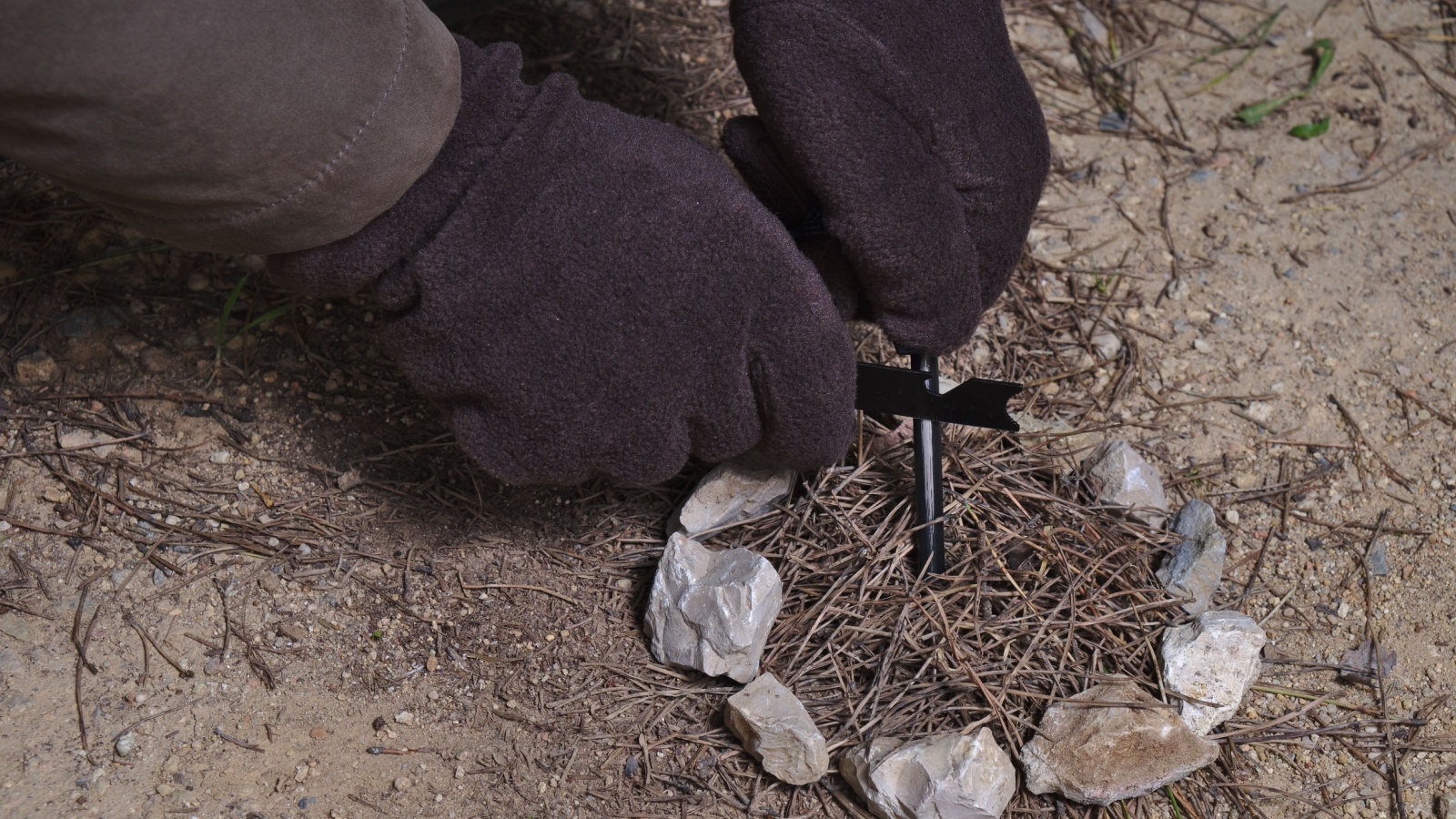
Are you collecting rocks for a campfire? It’s important to be very picky about which rocks you use. Rocks near a water source may have water trapped in them.
They’re likely to explode if they’re too close to the heat. The last thing you want is to build a fire to survive, only to be severely injured by a hot rock!
20. Keep Your Car Running If You Get Trapped in a Snowstorm
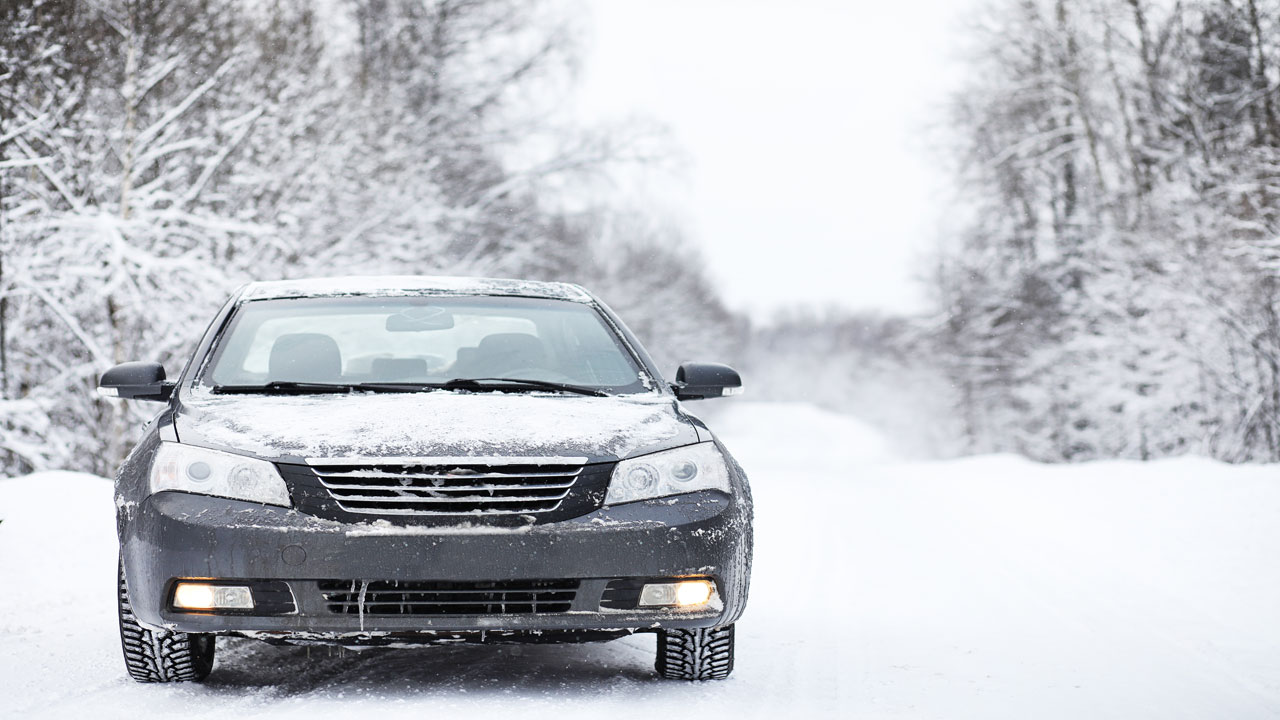
You might think leaving your car running would be the right choice when trapped in a car during a snowstorm. After all, you need the heat to stay warm.
But while this may seem like the right move, you may end up putting yourself at risk due to the reality that your exhaust could get blocked. If this happens, you could then suffocate while you’re trying to stay warm. Stay in your car, but don’t run the engine unless you know it’s safe.
21. Cactus Water Is Perfectly Safe to Drink
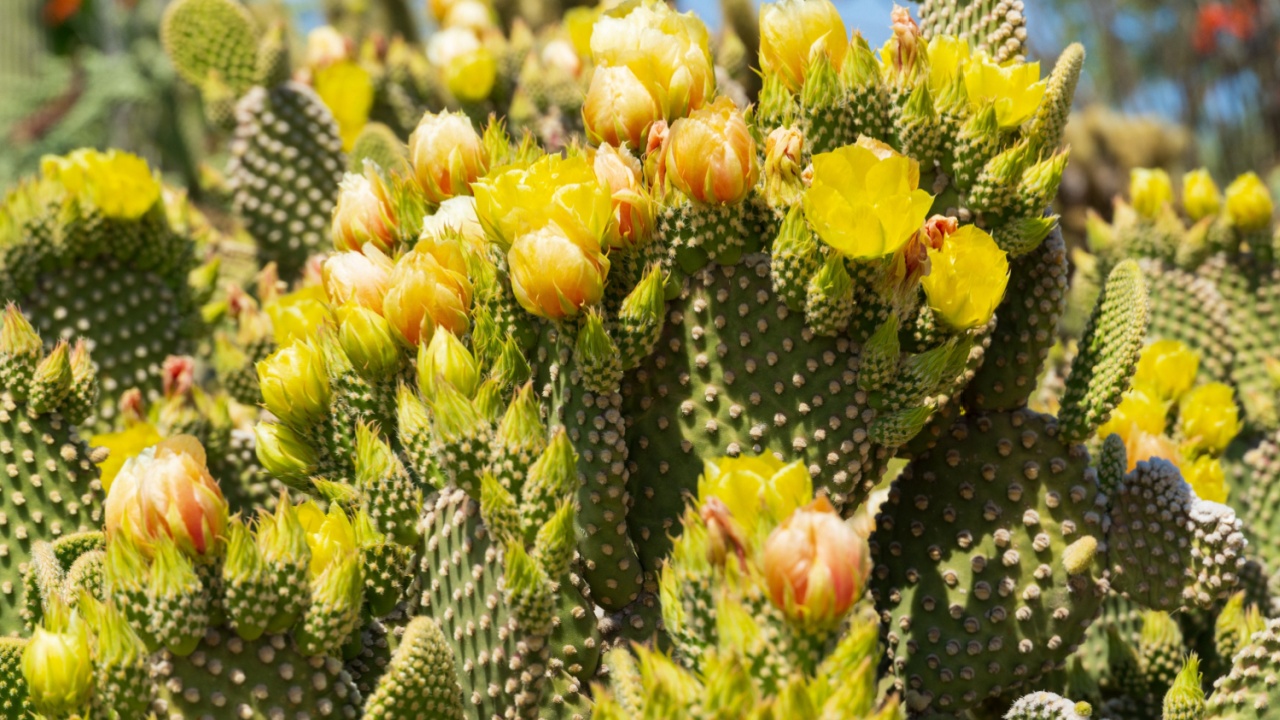
Cactus water isn’t necessarily bad, but it can be quite acidic, and the alkalis in it need to be processed once you drink it.
This can do a number on your kidneys and potentially lead to vomiting. If you can find any in a cactus, think twice about drinking it.
22. Drinking Water Is Enough When You Have Diarrhea
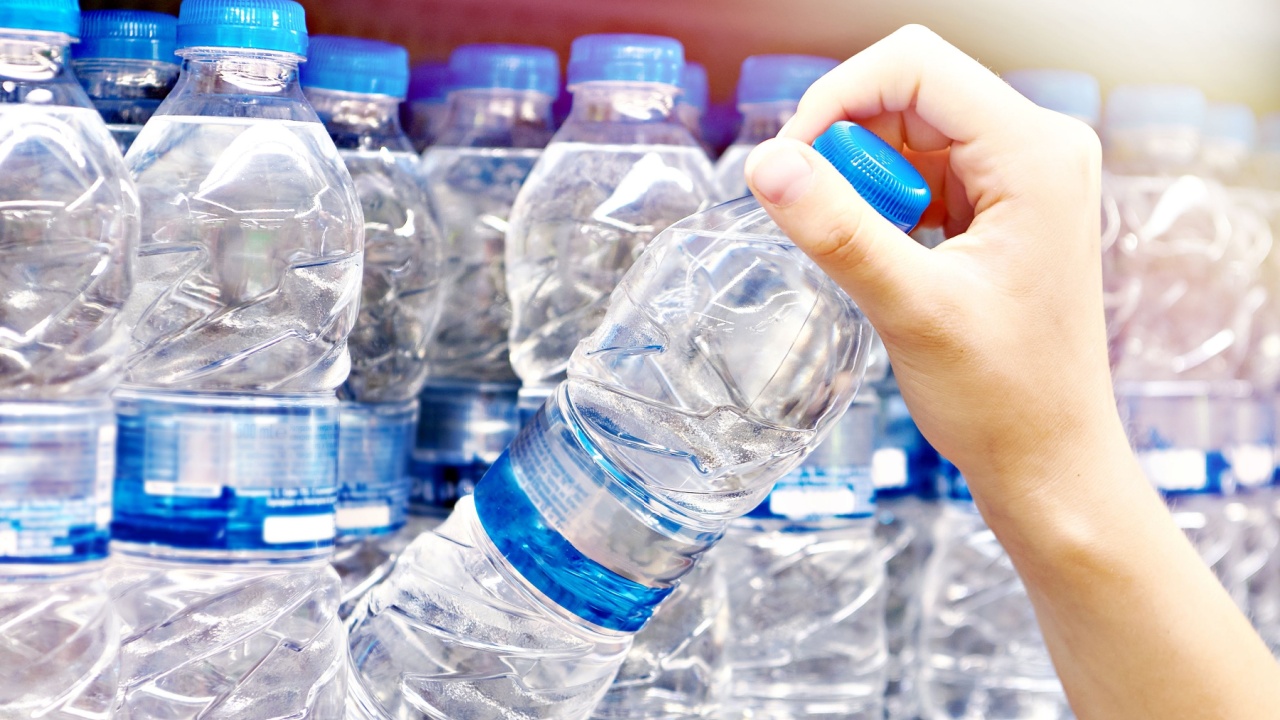
Let’s be clear: drinking water when you have diarrhea is absolutely necessary. But should you just drink water? That’s where the myth (or simply uninformed advice) lies.
When you have diarrhea, you lose not only water but also electrolytes. You need to replenish these, or else you’ll still be dehydrated and at risk of worse side effects.
23. Jump If an Elevator Is Falling

Who knows where this myth comes from, but it sounds cool, right? If you jump when an elevator is falling, it’s said that you’ll be able to survive the accident. If this does happen, you’ve just followed the advice that’s going to leave you terribly injured or fatally wounded.
Instead of trying to jump at the last second, lie down on your back to distribute your body weight evenly and increase your chances of survival. Protect you head with your arms and your hands to minimize injury.
24. Anything That Animals Eat Is Safe for You Too

Monkey see, monkey do is an accurate saying that applies here. Many people believe that if an animal can eat it, they can eat it, too. However, while some animals’ bodies are adapted to eating certain fruits or vegetation, those same natural sources of food can be toxic to us.
Even if you see something else eating it, that doesn’t mean you can.
25. Punch a Shark That Gets Too Close to You

If you’re interested in Shark Week or curious about exploring the water, you’ve been told to punch a shark if it gets too close. This is extremely hard and will likely not save you during a serious shark encounter.
If you have anything that you can put between you and it, do that first. Then, if it does decide to attack you and you need to defend yourself, you’ll want to go for more sensitive areas like the gills and the eyes.
20 Crucial Supplies for Surviving a Societal Collapse
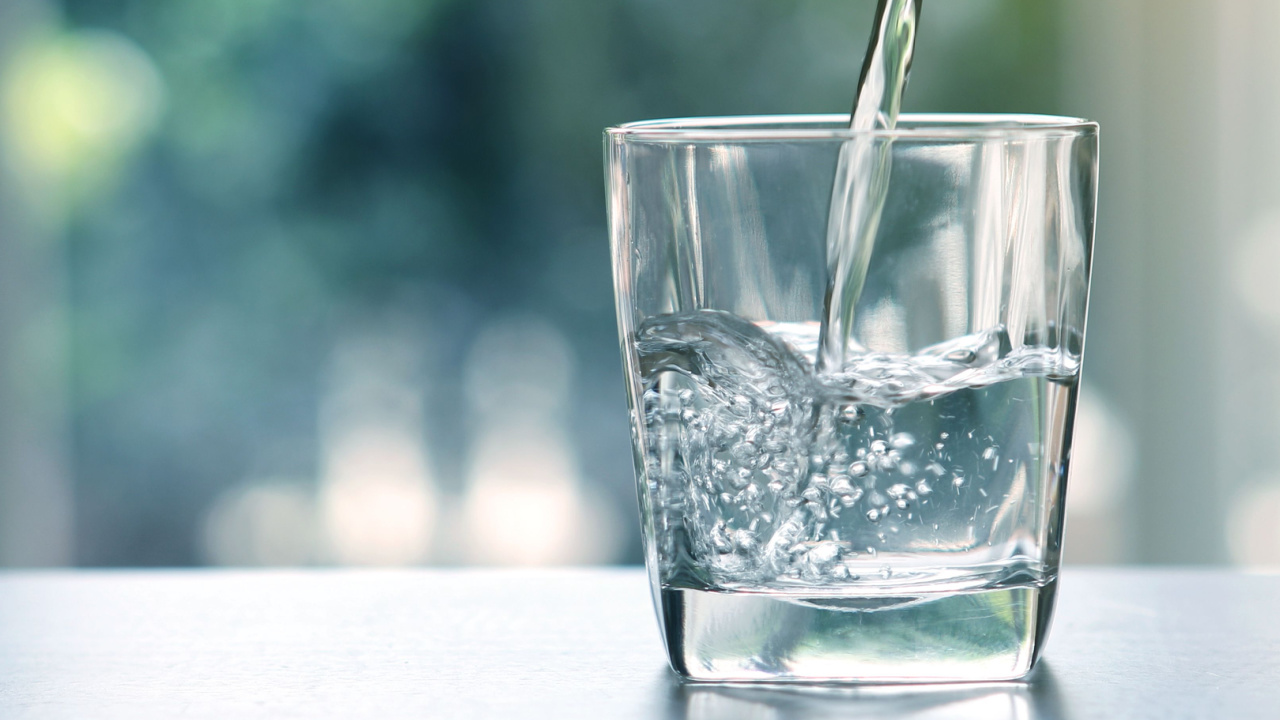
In the face of uncertainty, being well-prepared gives you at least some degree of control and security. The thought of a societal collapse, while extreme, prompts us to consider how we might endure without the conveniences of our current lifestyle. Here’s a list of 20 essential items that could prove indispensable in such a scenario. This guide isn’t about succumbing to fear but embracing preparedness and resilience.
14 Essential Canned Goods for Your Emergency Pantry
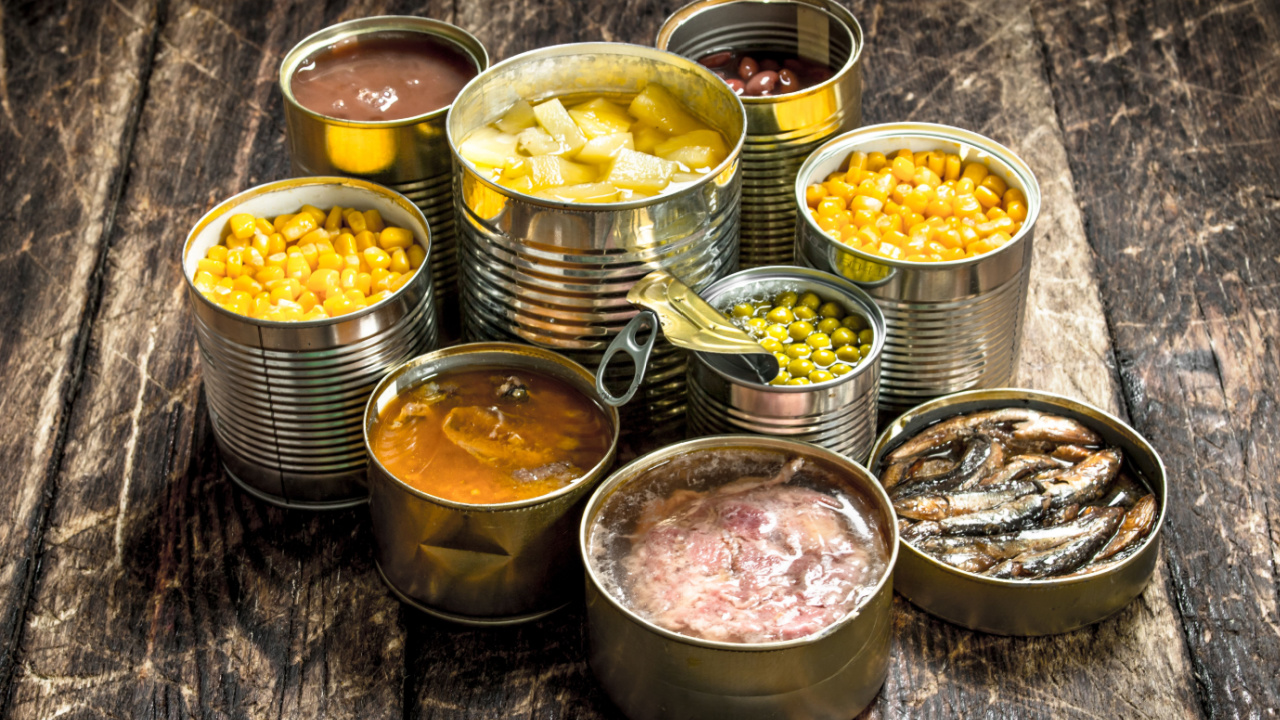
I firmly believe in keeping a well-stocked emergency pantry. While fresh food is ideal, in a survival situation, we may not be that lucky. So, for my family, even though we grow a lot of our own food, canned goods play a crucial role in emergency preparedness. They offer a reliable source of nutrition when access to fresh produce may be limited. The goods you stockpile should be affordable, easy to store, and full of nutrition.
Best Regions in the U.S. to Escape to When Society Collapses
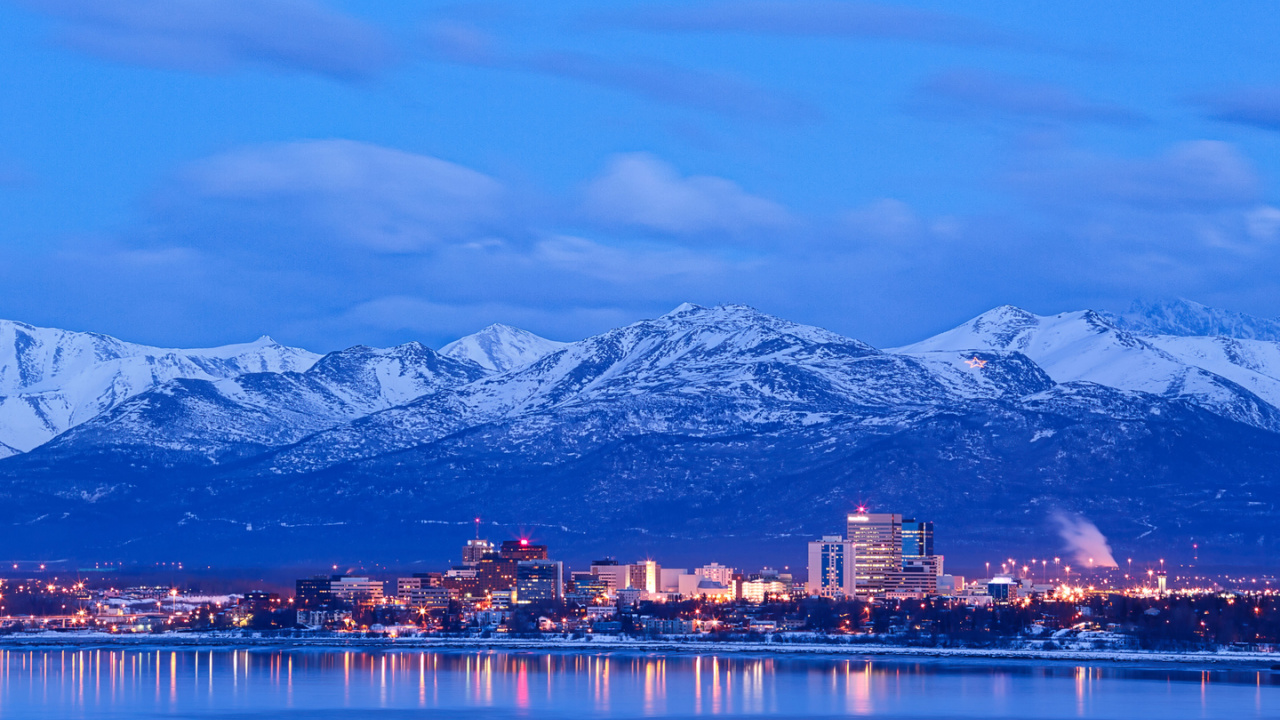
Choosing a refuge in the event of societal collapse involves weighing the pros and cons of each location against your personal preparedness goals and abilities. Whether you’re drawn to the solitude of the desert or the protective heights of the mountains, the key is finding a place that offers safety and the opportunity for growth and renewal.
